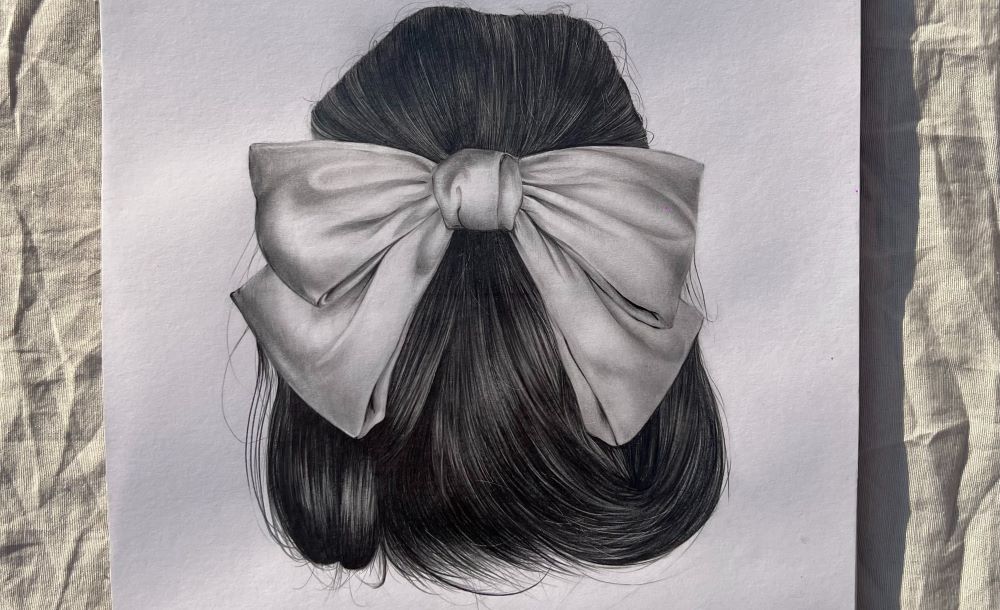How to Draw Black Hair Guide
We will explore step-by-step instructions, tips, and techniques to help you master the art of drawing black hair.
Understanding the Basics
1. Observation is Key
Before putting pencil to paper, take the time to observe and appreciate the diversity of black hair. Pay attention to the different textures, lengths, and styles. This observation will provide you with valuable insights into the natural flow and patterns that characterize black hair, allowing you to capture its essence more authentically in your drawings.
2. Gather Reference Images
Reference images are invaluable tools for artists. Collect a variety of images showcasing different styles and textures of black hair. These references will serve as a visual guide, helping you understand how light interacts with the hair and providing inspiration for your own creations.
Step-by-Step Guide
3. Start with a Solid Foundation
Begin your drawing with a solid foundation by sketching the head and face. Pay attention to the proportions and positioning of facial features, as these elements will influence how the hair sits on the head. Once you have a well-defined face, you can proceed to sketching the basic shape of the hair.
4. Outline the Hair Strands
Black hair often forms distinct, tightly packed strands. Use quick, light strokes to outline these strands, following the natural direction of the hair. Keep in mind that hair doesn’t grow uniformly, so vary the length and thickness of the strands for a more realistic appearance. Consider the overall shape and volume of the hair, whether it’s flowing, curly, or tied up in a specific style.
5. Focus on Texture and Shine
Texture is a key element when drawing black hair. Use a combination of short, curved lines to create the appearance of individual strands. Pay attention to areas where light hits the hair, adding slightly curved lines to indicate shine. Balancing texture and shine is crucial for capturing the multidimensional quality of black hair.
6. Build Layers of Depth
To add depth to your drawing, consider the layering of hair. Start with a base layer of strands, then gradually build additional layers to create volume. Darken certain areas to emphasize shadows, especially where hair overlaps or clusters. This layering technique contributes to a more realistic and visually interesting depiction of black hair.
7. Embrace Natural Curls and Coils
Many individuals with black hair have natural curls or coils. To capture these textures, incorporate spiral and zigzag patterns into your strand outlines. Experiment with different curl sizes and shapes, adapting your approach based on the specific curl pattern you want to depict. Embracing the natural texture of black hair adds authenticity and character to your drawings.
8. Consider Styling and Accessories
Black hair offers a canvas for a myriad of styles and accessories. Experiment with drawing different hairstyles, such as braids, twists, afros, or updos. If your subject is adorned with accessories like headbands, scarves, or hairpins, pay attention to how these elements interact with the hair. They can provide additional opportunities for creativity and expression in your artwork.
Advanced Techniques
9. Mastering Shading and Highlights
Shading is a crucial aspect of creating depth and realism in your drawings. Pay close attention to the direction of light in your reference images and use varying pencil pressures to create gradations of darkness. Use an eraser to add highlights where light reflects off the hair, enhancing its three-dimensional appearance.
10. Experiment with Mixed Media
While pencil drawings are a classic approach, don’t be afraid to experiment with mixed media. Consider using charcoal, pastels, or even digital tools to enhance the texture and depth of black hair. Mixed media allows for greater flexibility and can bring out the richness of black hair in ways that traditional pencil alone may not achieve.
Recommended for you A Detailed Step-by-Step Guide for Drawing an Eye

Drawing black hair is a skill that evolves with practice, observation, and a willingness to experiment. By understanding the basics, following a step-by-step guide, and incorporating advanced techniques, you can develop the expertise to capture the beauty and diversity of black hair in your artwork. Remember, each strand tells a story, and your drawings have the power to celebrate the unique textures and styles that make black hair a canvas of creativity and individuality. So, grab your sketchbook, let your imagination flow, and embark on a journey of artistic expression through the mesmerizing world of black hair.
